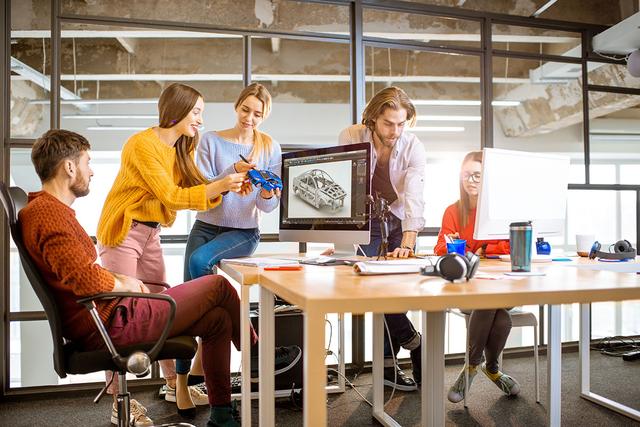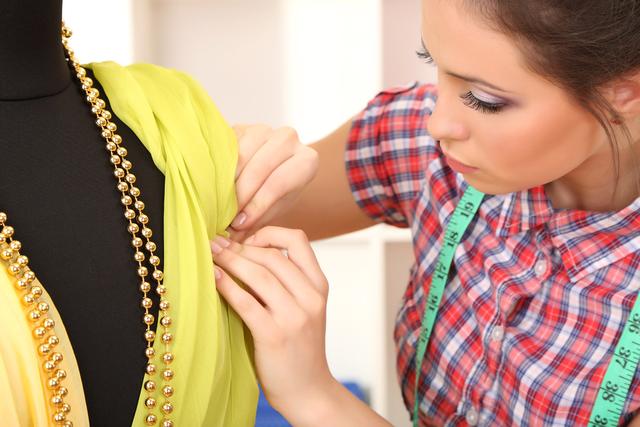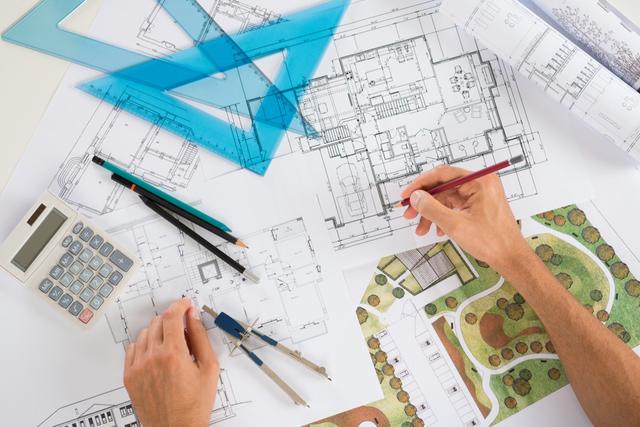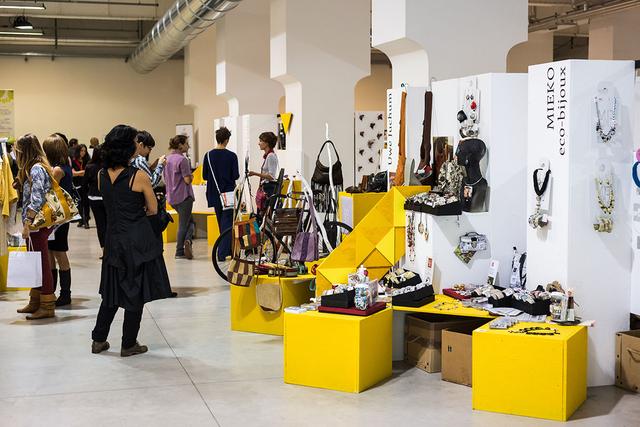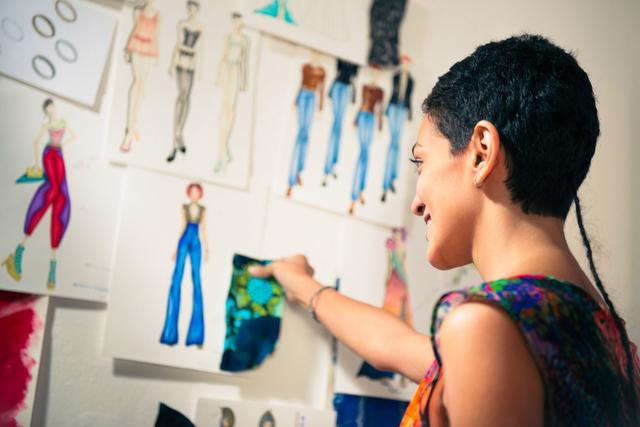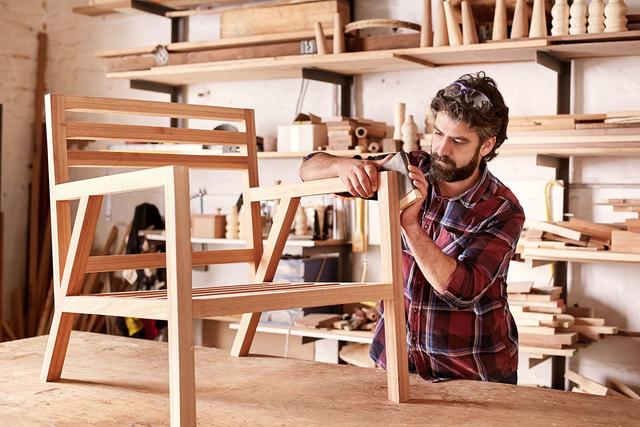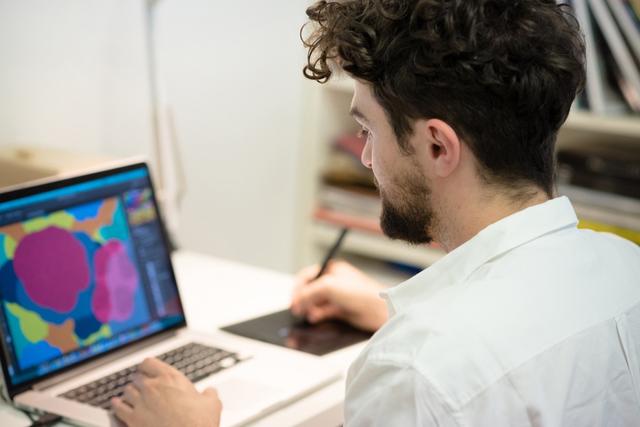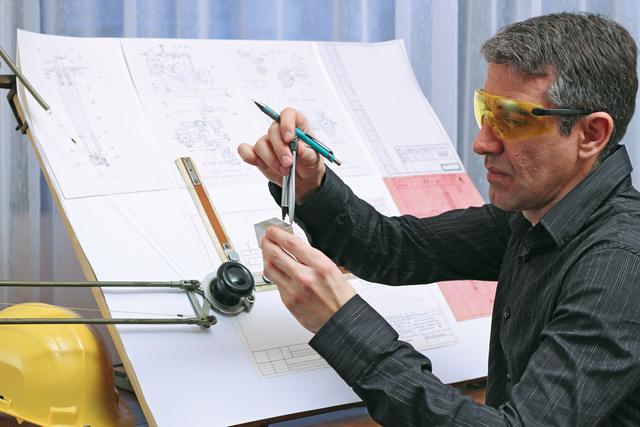Design

Overview
Design is the creation of a plan for an object or system. In some contexts, such as engineering, practical concerns are most important in shaping the plan. But in many fields, aesthetic concerns are of equal or greater importance, meaning that the design has to look good and not just work well.
Although design is a creative act, it does not happen in a vacuum: Decisions about both practical and aesthetic matters can be influenced by design practices that have accumulated over centuries, and also by technologies and artistic trends of the present moment.
As a result, preparing for a career in design means learning not only how to solve technical and business problems, but also how to achieve aesthetic effects. The education and training in the design industry include instruction in design traditions as well as new technologies.
We encounter designs every hour of the day; even the beds we sleep on have been shaped by designers. Some of the most omnipresent types of designs that we live among are the graphics that communicate to us, the industrial products we use, the interiors we live within and visit, and the landscapes we experience outside.
Graphic Design
Graphic designs consist of lettering, images, and any other visible elements among them, such as frames, lines, and use of color or texture. A design must communicate the information or emotions that are intended but also be visually appealing. According to the Department of Labor, about 290,100 people worked as graphic designers in the United States as of May 2018, mainly in companies that offer graphic design services, manufacturing, and publishing.
Industrial Design
Industrial designs shape every product we use, from cars to toys. In product design, practical matters such as functionality and cost dominate, but they are offset somewhat by aesthetic concerns, such as the hard-to-quantify "coolness" factor. In 2018, of the 43,900 commercial and industrial de...

